True or false: The people Europeans encountered in (what becomes) the Americas were a monolithic group, and already identified as one people.
False.
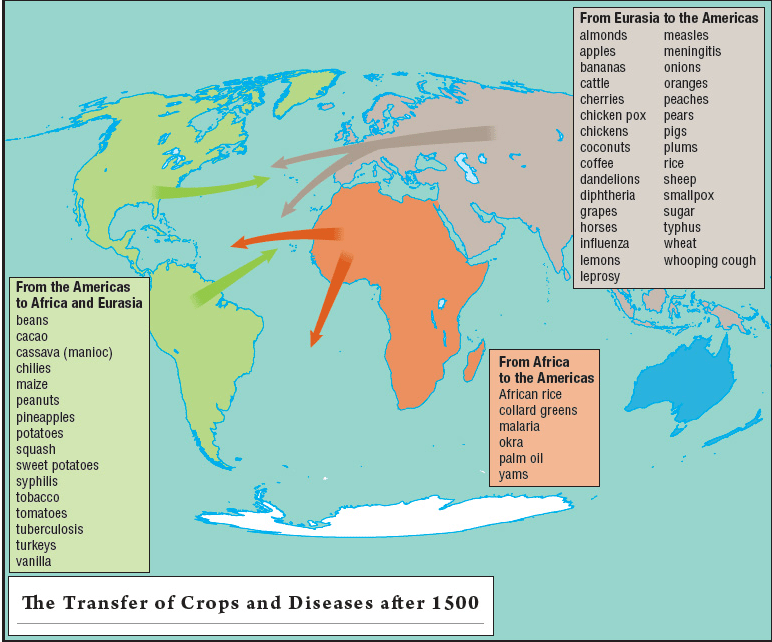
Columbian Exchange
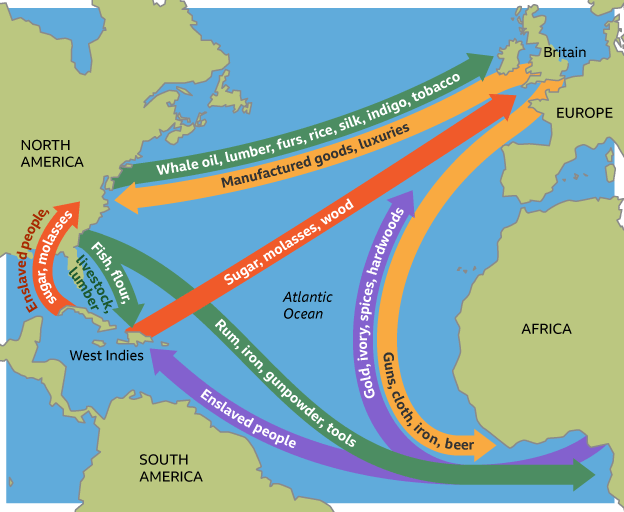
Transatlantic trade.
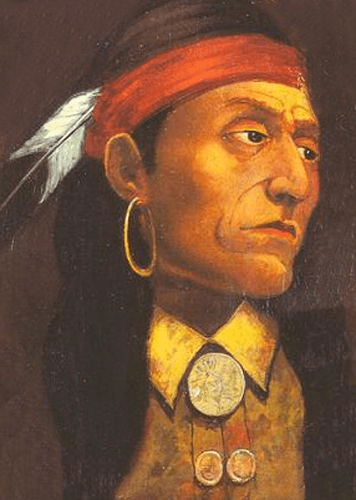
Ottawa leader, Pontiac states... "you have not conquered us..."
He makes this declaration following this war, as empires sought control over territories in the fertile Ohio River valley.
The Seven Years' War. (1756-1763)
True or False: Thomas Jefferson's declaration "all men are created equal" has always been a widely accepted, uncontested statement.
False.
Describe the differences between primary and secondary sources. Provide examples.
Primary sources are documents and objects that were created at the time under study. Where as secondary sources are accounts that retell, analyze or interpret events, usually from a distance of time or place.
Secondary sources are created by someone who didn't experience an event first hand, and for historical research projects, secondary sources are often books and scholarly articles.
Bartolome de Las Casas, a Spanish Dominican friar, was outspoken in his critique of the Spanish empire, revealing atrocities committed in the name of conquest. What did he condemn?
The mistreatment of Indigenous people.
As a system of social hierarchy developed in the colonies, [blank] signified a marker of difference, and even justified bondage.
Christian / Heathen
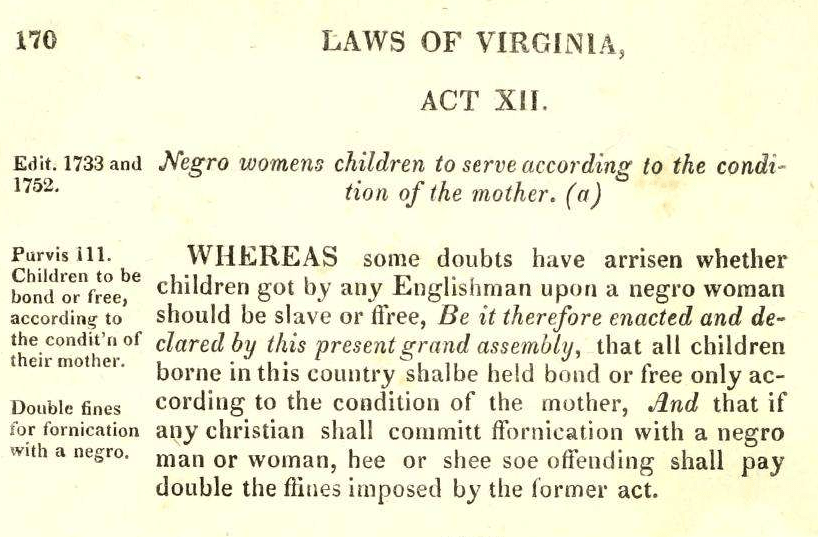
This 1662 law is an example of...
Slave Codes
Before the Seven Years' War, how did the colonies/colonists in North America view themselves in relation to one another?
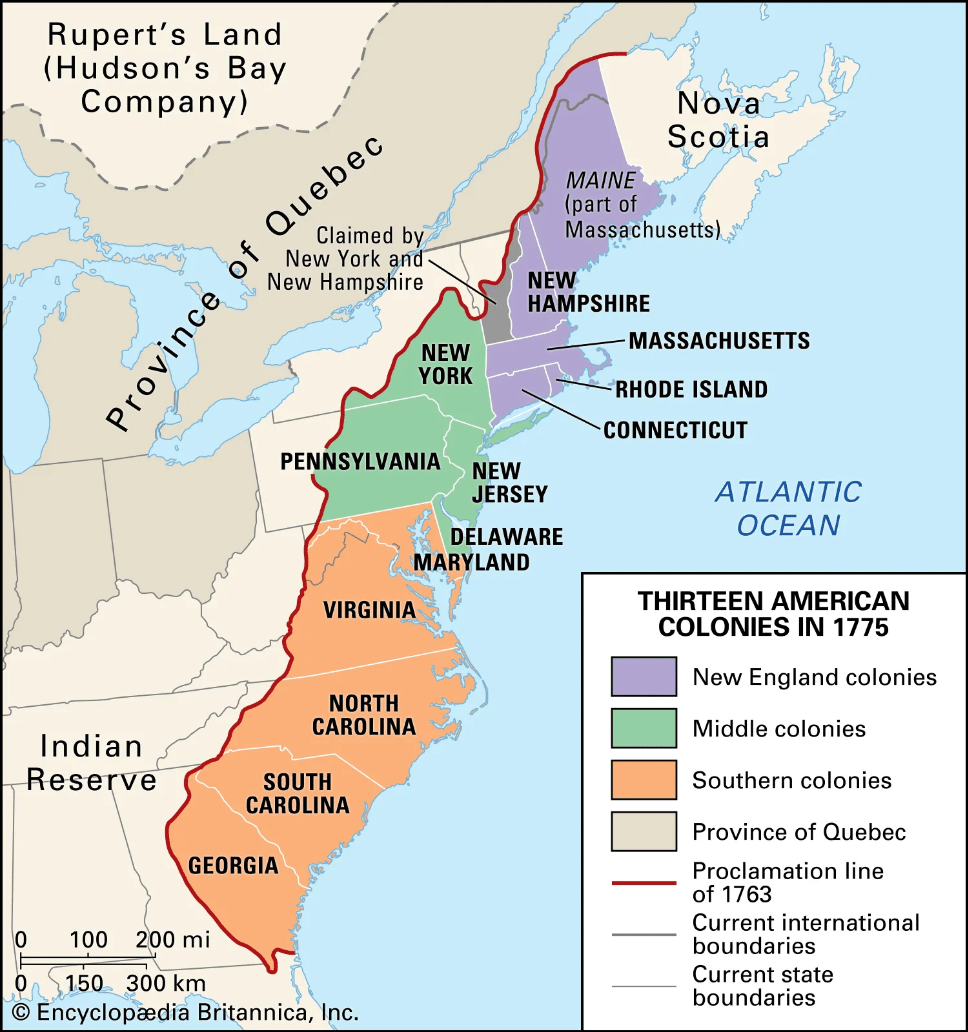
Separate / distinct.
Mary Wollstonecraft wrote in 1792, "...For the rights of woman, my main argument built on this simple principle... if children are to be educated to understand the true principle of patriotism, their mother must be a patriot..." The leverage women used to gain access to an education is called [blank].
Republican motherhood.
Unlike the founding of the Massachusetts Bay Colony, this colony was founded as a private profit-seeking venture, backed of investors.
Jamestown/Virginia
The Savage Family, 1779, depicts several generations of a typically numerous this [blank] family.
Puritan.
This 18th century movement based around revivals featuring emotional sermons, that promoted the idea of a new birth (spiritual rebirth) .
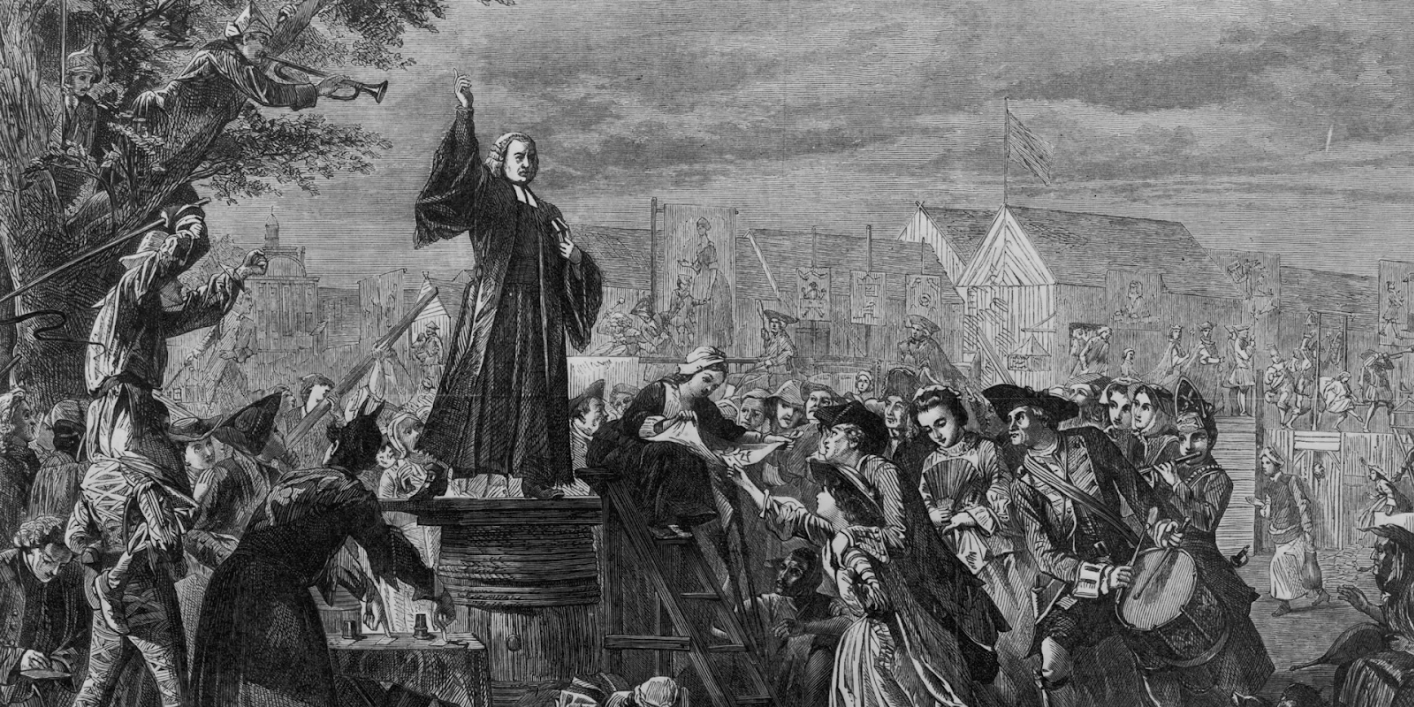
Great Awakening.
True or False: Because women could not vote, or hold office, they were not interested or engaged in the politics of the revolution.
False.
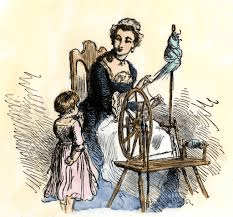
Discuss the ways in which the rhetoric of the revolution appeared in abolition movements, petitions for freedom, and uprisings led by enslaved people.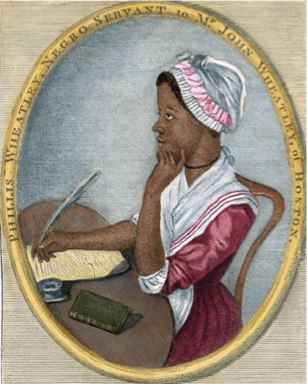
Phillis Wheatley;
Cato's petition for freedom;
1791 Uprising of St. Domingue (Haiti)
This leader, and founder of the Massachusetts Bay Colony delivered a sermon to fellow settlers to describe the expectation of the colony: "For we must consider that we shall be as a city upon a hill. The eyes of all people are upon us..."
John Winthrop
Jamestown, had been established as a profit driven endeavor. But, the mineral resources sought were nowhere to be found. Having learned growing techniques from Algonquian Natives of the region settler John Rolfe began to cultivate this crop.
Tobacco.
Discuss the significance of the 1712 uprising in New York, and the 1739 Stono Rebellion of South Carolina.
(answers will vary, let's discuss).
As parliament sought to strengthen imperial authority through economic and trade regulations, colonists resisted. Three forms of resistance discussed were:
Legislative, Economic, Protests
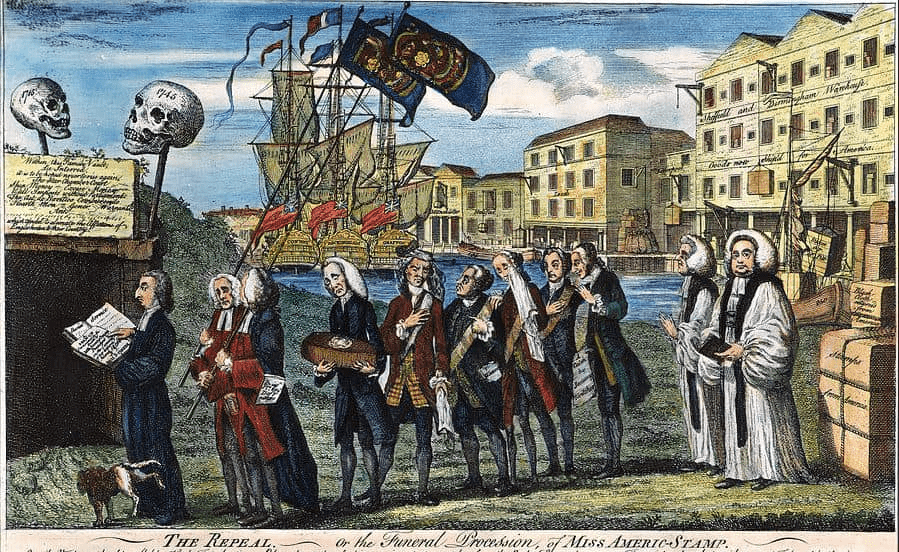
Following the American Revolution, several states drafted gradual abolition into their state constitutions. States in the north abolished slavery, while it expanded in the south.
systems of slavery
Upon receiving an order of excommunication and banishment from the colony, this famous Puritan declared, "Better to be cast out of the church than to deny Jesus Christ."
Anne Hutchinson
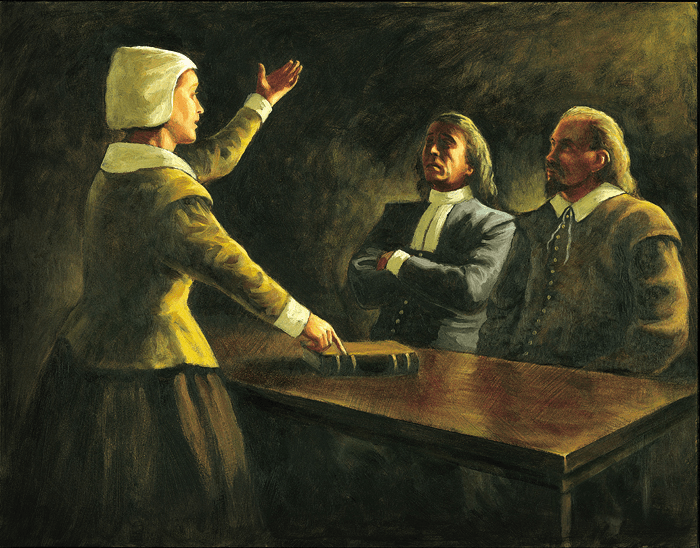
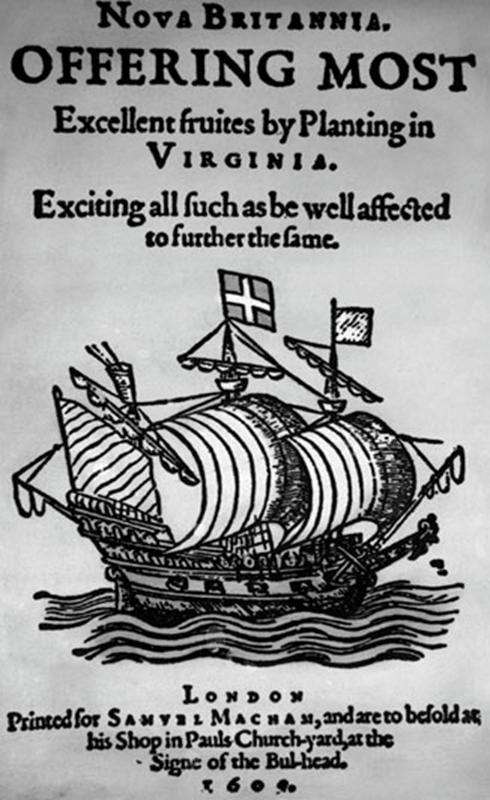
In order to survive as a colony, Virginia would need to abandon its search for gold and attract more settlers. This advertisement promises opportunity in the Virginia colony. Describe key elements in the transition from company to society.
Head right system, House of Burgesses Tobacco Brides, Indentured Servitude/Servants, 1619.
Elaudoh Equiano, recalling the middle passage writes, "O, ye nominal Christians! might not an African ask you, learned you this from your God who says unto you, Do unto all men as you would men should do unto you?"
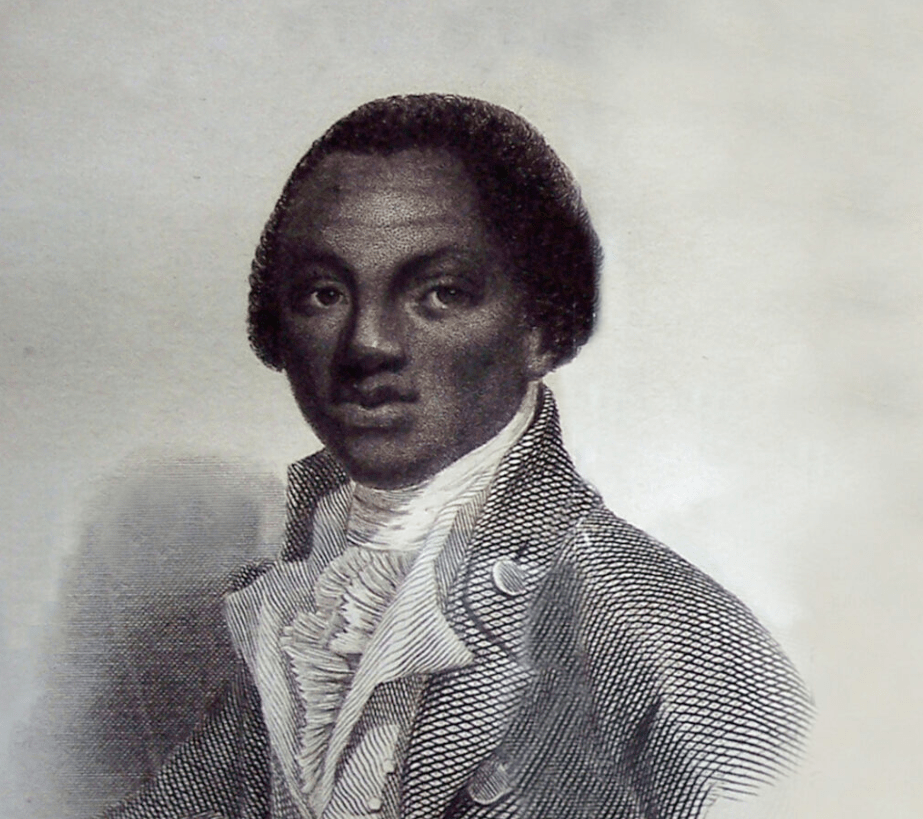
[interpretation]
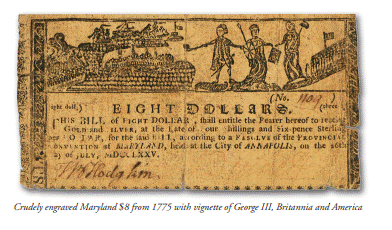
Between 1764 and 1773 Parliament enacted measures of economic governance, strengthening political authority over the North American colonies.
The Revenue Act (aka Sugar Act), lowered existing tax on sugar; impacted trade.
Currency Act prohibited the printing of paper money in the colonies.
The Stamp Act tax on all printed materials
The Tea Act lowered the cost of tea, but colonists resented it anyway.
An early draft of the Declaration of Independence features the writing of Thomas Jefferson, condemning King George for the "cruel war" waged against "human nature itself, violating its most sacred rights of life and liberty..." This passage condemning slavery did not appear in the final draft. What does this reveal about contentious nature of slavery and the unity (or disunity) of the new nation?
[analysis, interpretation]
What are some guidelines for engaging with primary sources. How would you understand the perspective in a primary source?
Identify the source type (letter, report, photograph, artifact, map, etc.).
Observe its parts. Who made it? When was it made? What specific information is included about the person (or group) who made it? Who is its intended audience?
Try to make sense of it. What do you know about the primary source or where it comes from? What was happening at the time it was created? How does this historical context help you understand the source? List details that reveal the creator's perspective.
Use it as historical evidence. A primary source is one piece of larger story. What evidence does the creator provide for you to verify? How would you place this source in conversation with other sources? Do other sources support or contradict the primary source? How would you place this source in conversation with other sources?